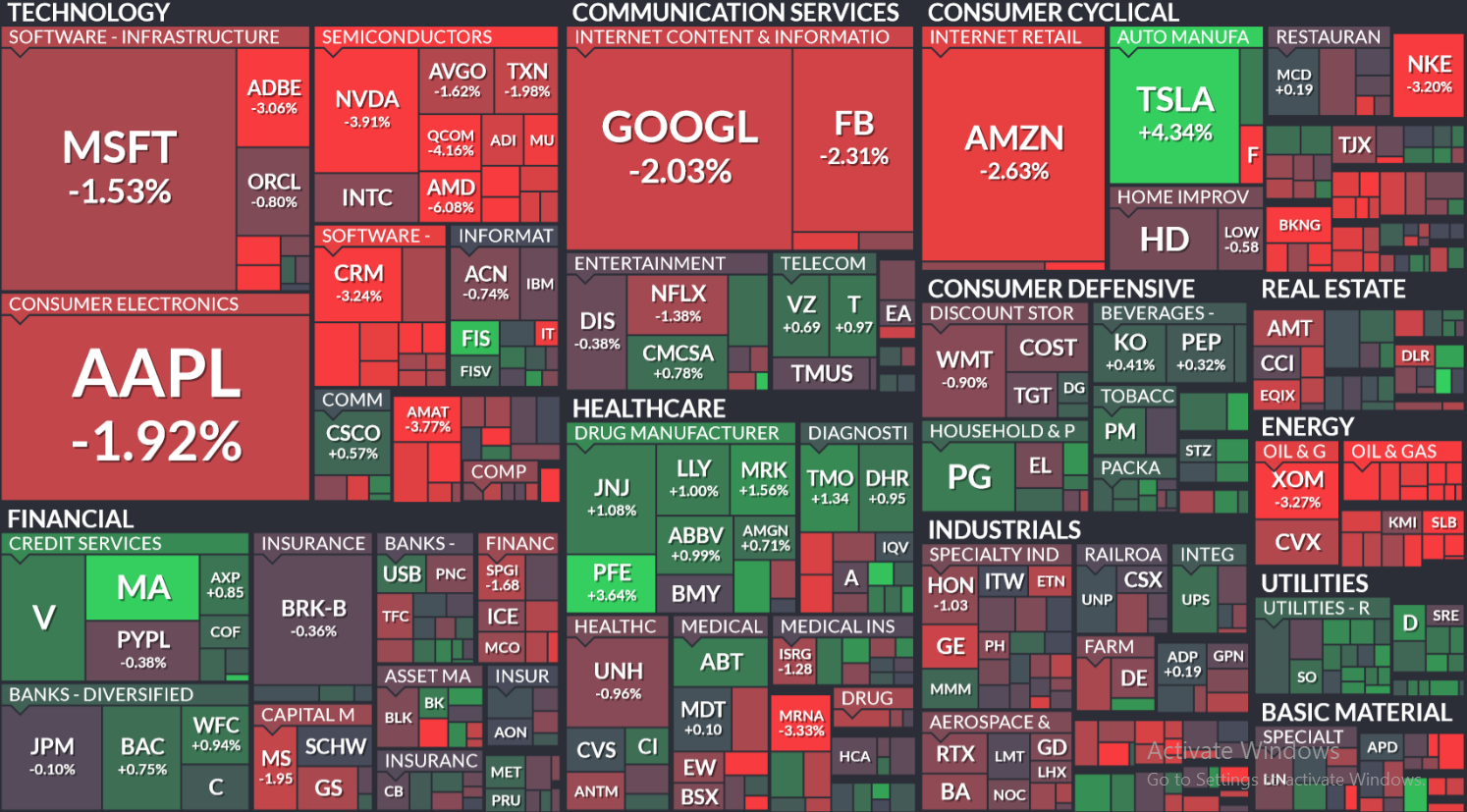Both West Texas Intermediate and Brent crude returned to losses on Wednesday following a dollar-induced rally the prior session as a private report showed a much larger than expected build in US crude oil inventories, while the dollar firmed.
US crude for delivery in March traded 1.62% lower at $45.48 per barrel at 8:46 GMT, having shifted in a daily range of $45.83-$45.33. The contract rose 2.39% yesterday to $46.23 a barrel.
Meanwhile on the ICE, Brent for settlement in the same month was down 1.11% at $49.05 per barrel, holding in a daily range of $49.18-$48.79. The European crude benchmark rose 2.99% on Tuesday to $49.60 a barrel, settling at a premium of $3.37 to its US counterpart. The gap widened to $3.57 on Wednesday.
Oil prices were driven higher on Tuesday as the US dollar fell by the most since early-October after an unexpected contraction in US durable goods in December undermined views of strong underlying economic fundamentals. Nevertheless, consumer confidence, as measured by the Conference Board, surged in January, while sales of newly-built homes rose by more than expected in December.
However, the greenback regained some of its lost positions on Wednesday, weighing on dollar-denominated commodities. The US dollar index for settlement in March was up 0.29% at 94.525 at 08:46 GMT, holding in a daily range of 94.605-94.260. The US currency gauge tumbled 0.91% on Tuesday to 94.250. A stronger greenback makes dollar-denominated commodities more expensive for holders of foreign currencies and curbs their appeal as an alternative investment, and vice versa.
Inventory build
Further dragging on prices, industry group the American Petroleum Institute reported that US crude oil inventories soared by 12.7 million barrels last week, three times more than what analysts expect government data to show later today. The trade association also reported that motor gasoline inventories fell by 5 million barrels last week, while distillate fuel stockpiles, which include diesel and heating oil, declined by 0.67 million barrels.
However, API’s numbers are deemed less reliable than EIA’s report as they are based on voluntary information from operators of refiners, pipelines and bulk terminals, while the government requires reports to be filed with the Energy Information Administration.
Inventories are projected to have risen by another 4.25 million barrels in the week ended January 23rd, this week’s EIA report will show. If confirmed, this would bring stockpiles to 402.15 million barrels, the highest on statistics dating back to August 1982. Motor gasoline inventories likely rose by 0.32 million barrels, while distillate fuel supplies may have fallen by 1.7 million.
US crude production surged to 9.192 million barrels per day in the seven days through January 9th, the highest on weekly data spanning back to January 1983. Crude supplies increased by 10.07 million barrels in the week ended January 16th to 397.9 million, the biggest weekly jump since March 2001.
Ric Spooner, chief analyst at CMC Markets in Sydney, said for CNBC: “The overall expectation is that global supply is outstripping demand at the moment and so unless we see some really substantial changes to inventory numbers, oil prices are probably not going to move too much.”
The oil market has fallen by more than 50% since a June peak after fears that slowing global economic growth would fail to soak additional supply were exacerbated by OPECs decision to maintain its production quota in order to retain market share.
The World Bank and the International Monetary Fund both trimmed their global growth estimate for 2015, citing weaker expansion at almost all major economies, while banks have subsequently cut their forecasts for crude oil prices for the year. Barclays and Credit Suisse trimmed their 2015 outlook for Brent to $44 and $58 per barrel, respectively.
Earlier in the week, OPEC Secretary-General Abdalla El-Badri said that oil may have reached a bottom and warned that prices may spike to $200 per barrel if long-term investment in new production is cut. He didnt offer a time frame for when crude could reach $200 and said that the market will be balanced out by a reduction in supply, instead of a pickup in demand.
However, these comments failed to spark too much of enthusiasm among investors as the market’s broad focus remained shifted toward the more immediate global supply-demand imbalance and OPEC’s determination not to cut output.
Market players now eyed the conclusion of FOMCs two-day policy meeting, due later today, for clues on Fed officials view on the US economy and a possible interest rate hike timetable.
Pivot points
According to Binary Tribune’s daily analysis, West Texas Intermediate March futures’ central pivot point is at $45.86. In case the contract breaches the first resistance level at $46.92, it may rise to $47.60. Should the second key resistance be broken, the US benchmark may attempt to advance $48.66.
If the contract manages to breach the first key support at $45.18, it might come to test $44.12. With this second support broken, movement to the downside could continue to $43.44.
Meanwhile, March Brent’s central pivot point is projected at $49.09. The contract will see its first resistance level at $50.50. If breached, it may rise and test $51.41. In case the second key resistance is broken, the European crude benchmark may attempt to advance $52.82.
If Brent manages to penetrate the S1 level at $48.18, it could continue down to test $46.77. With the second support broken, downside movement may extend to $45.86 per barrel.





